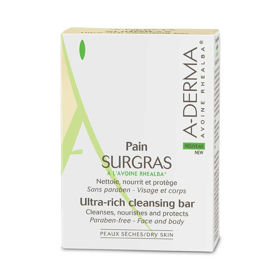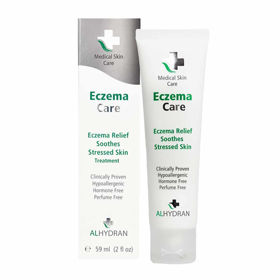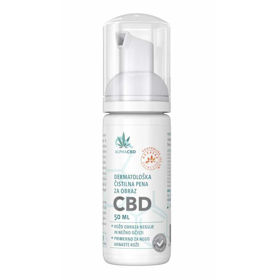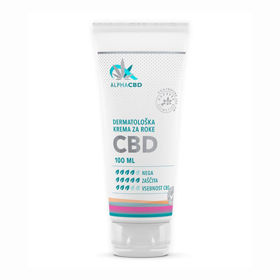Customer question:
What does atopic dermatitis look like? Anonymous customer's question
Pharmacist's answer:
Most atopic dermatitis or eczema in the early stages begins with characteristic dry, red, and itchy skin. Still, acute onsets can also be manifested by scabby scales or blisters on the skin that ooze fluid. Atopic dermatitis is a common chronic skin disease that affects adults, children, and infants. About 5 percent of adults and 10 to 20 percent of infants and children are affected.
Atopic dermatitis is characterized by an alternating acute phase, when eruptions and irritation occur, and a non-acute phase, which has no specific symptoms. It is essential to protect the skin without expressed symptoms and extend the period between two acute phases. The basic rules for caring for atopic dermatitis will help you keep your skin as healthy as possible and strengthen its natural protective functions.
Atopic dermatitis can occur all over the body, but is most common on the hands (especially the fingers), the insides of the elbows or backs of the knees, and the face and scalp in children. The severity of atopic dermatitis can vary from person to person. People with mild eczema may only have small patches of dry skin that occasionally itch. In more severe cases, this condition can cause widespread inflamed skin and itching all over the body.
Inflamed skin can turn red on lighter skin and darker brown, purple, or gray on darker skin. Areas of skin affected by eczema may also become temporarily darker or lighter as the condition improves, more noticeable in people with darker skin. This is not the result of scars or a side effect of steroid creams but rather an "imprint" of old inflammation, and over time the skin tone returns to normal.
Interesting reading: Home remedies for atopic dermatitis












 Facebook
Facebook
 Instagram
Instagram
 info@moja-lekarna.com
info@moja-lekarna.com

